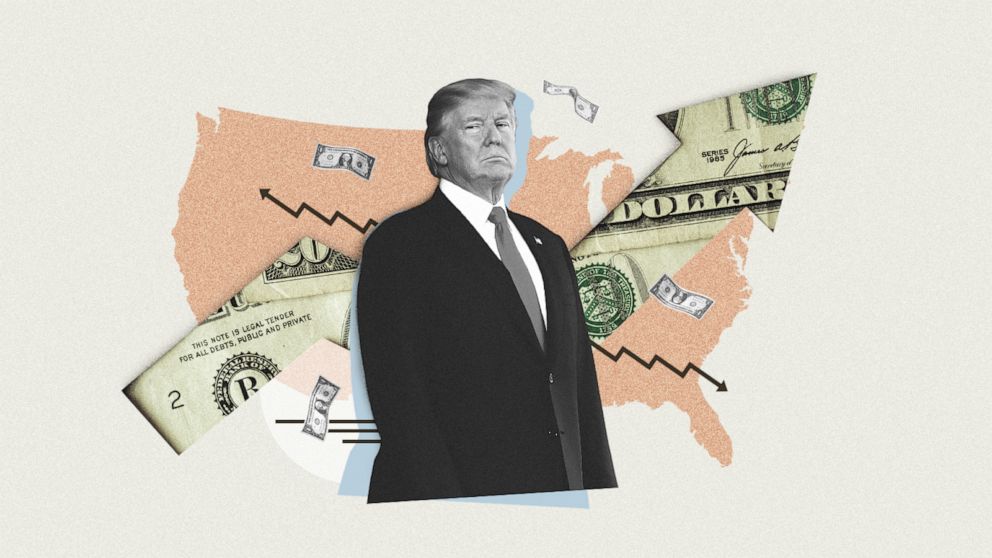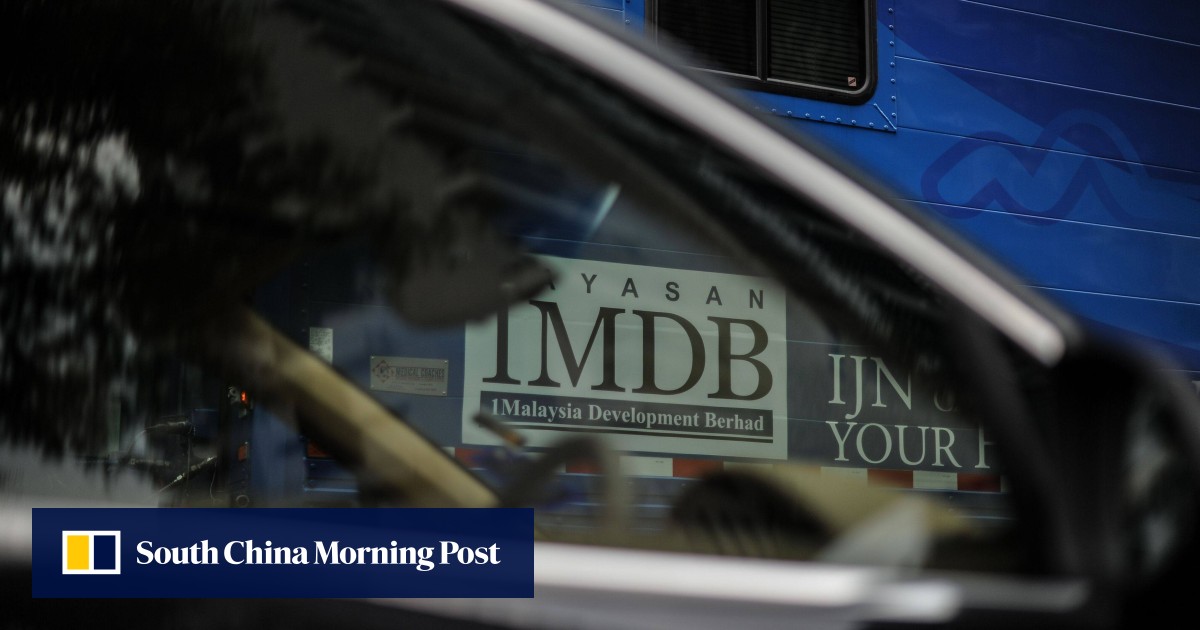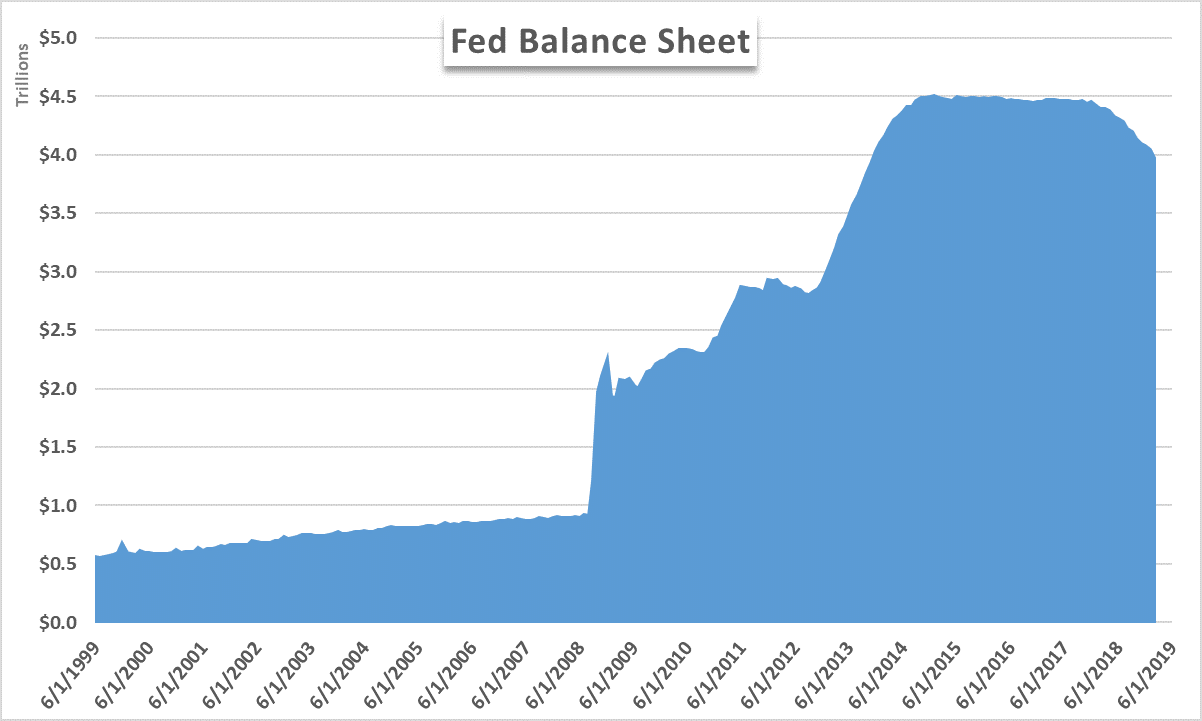Economic Growth Under Trump: A Comprehensive Review

Table of Contents
GDP Growth and its Drivers During the Trump Presidency
The Trump administration oversaw a period of moderate GDP growth. While the rate fluctuated, it generally remained positive throughout his term. Several factors contributed to this economic expansion.
-
Tax Cuts and Jobs Act of 2017: This legislation significantly lowered corporate and individual income tax rates. Proponents argued this stimulated business investment and consumer spending, boosting GDP growth. However, critics pointed to increased national debt as a significant drawback. Data from the Bureau of Economic Analysis (BEA) shows a correlation between the tax cuts and a short-term increase in GDP growth, though the long-term effects are still debated.
-
Deregulation Efforts: The Trump administration pursued a policy of deregulation across various sectors, aiming to reduce the burden on businesses and encourage investment. The impact of these deregulation efforts on GDP growth is a subject of ongoing economic analysis. Studies have yielded mixed results, with some showing positive effects on specific sectors and others highlighting potential negative consequences for environmental protection and consumer safety.
-
Global Economic Conditions: The global economic climate during the Trump presidency played a significant role. Periods of global growth contributed positively to US GDP, while international trade disputes and market fluctuations presented challenges. The impact of global factors on US GDP growth must be considered within any assessment of the Trump administration's economic policies.
Job Creation and Labor Market Performance
The Trump administration touted significant job creation during its term. While unemployment rates did decline, a nuanced analysis is needed.
-
Employment Rate Changes: The unemployment rate fell to historic lows during this period. However, this decline needs to be viewed within the context of pre-existing trends and overall participation rates in the labor force.
-
Job Creation Across Sectors: Job growth occurred across various sectors, but the distribution wasn't uniform. Some sectors saw significant gains while others experienced stagnation or decline. Further analysis is needed to determine the extent to which these trends were a direct result of administration policies.
-
Wage Growth and Income Inequality: While job creation was notable, wage growth remained relatively stagnant for many workers, contributing to concerns about income inequality. This disparity highlights the complexity of evaluating economic success solely based on employment figures. Further research into income distribution and its relation to the policies implemented during this period is essential.
The Impact of the Tax Cuts and Jobs Act of 2017
The Tax Cuts and Jobs Act of 2017 was a cornerstone of Trump's economic policy. It significantly reduced corporate and individual tax rates.
-
Key Provisions: The Act included reductions in corporate tax rates from 35% to 21%, standard deduction increases for individuals, and changes to the alternative minimum tax (AMT).
-
Short-Term and Long-Term Effects: In the short term, the tax cuts stimulated some economic activity. However, long-term effects are subject to ongoing debate, with economists offering varied perspectives on its sustainability and impact on national debt.
-
Impact on Businesses, Individuals, and National Debt: While businesses benefited from lower corporate tax rates, the impact on individuals varied depending on income level. The increased national debt resulting from the tax cuts remains a significant concern for many economists.
Trade Policies and Their Economic Consequences
Trump's trade policies were characterized by protectionist measures, including tariffs and trade wars, particularly with China.
-
Tariffs and Trade Wars: The imposition of tariffs led to retaliatory measures from other countries, impacting specific industries and overall trade flows.
-
Effects on Specific Industries: Some industries experienced short-term benefits from protectionist measures, while others suffered from increased costs and reduced exports. The agricultural sector, for example, felt the impact of retaliatory tariffs from China.
-
Impact on International Trade Relations: Trump's trade policies strained relationships with major trading partners, raising questions about the long-term implications for global trade and economic stability.
Inflation and Interest Rates Under the Trump Presidency
Inflation remained relatively low during most of the Trump presidency.
-
Inflation Trends: The inflation rate remained below the Federal Reserve's target rate for much of this period.
-
Federal Reserve's Monetary Policy Responses: The Federal Reserve's monetary policy actions, including interest rate adjustments, played a role in managing inflation and economic growth.
Conclusion: A Summary of Economic Growth Under Trump and a Call to Action
Economic Growth Under Trump saw a period of moderate GDP growth, job creation, and significant tax cuts. However, this growth was accompanied by increased national debt, trade disputes, and concerns about income inequality. A balanced perspective requires considering both the positive aspects—such as reduced unemployment—and the challenges—such as the impact of trade wars and rising national debt. Understanding these economic policies is crucial for analyzing current trends and informing future economic strategies.
For a deeper dive into the intricacies of the Tax Cuts and Jobs Act, explore [link to relevant resource]. For more detailed analysis of the impact of trade wars, consult [link to relevant resource]. Continued research and analysis are essential for a complete understanding of the complex legacy of Economic Growth Under Trump.

Featured Posts
-
 Cy Young Winners April Dominance 9 Run Lead And Impressive Strikeouts
Apr 23, 2025
Cy Young Winners April Dominance 9 Run Lead And Impressive Strikeouts
Apr 23, 2025 -
 Full List Of Us Holidays In 2025 Federal And Non Federal Dates
Apr 23, 2025
Full List Of Us Holidays In 2025 Federal And Non Federal Dates
Apr 23, 2025 -
 Trumps Economic Legacy What The Numbers Reveal
Apr 23, 2025
Trumps Economic Legacy What The Numbers Reveal
Apr 23, 2025 -
 Goldman Sachs Pay Dispute Ceos Role At The Heart Of The Matter
Apr 23, 2025
Goldman Sachs Pay Dispute Ceos Role At The Heart Of The Matter
Apr 23, 2025 -
 Smaller Qe A More Targeted Approach For The Bank Of England
Apr 23, 2025
Smaller Qe A More Targeted Approach For The Bank Of England
Apr 23, 2025
